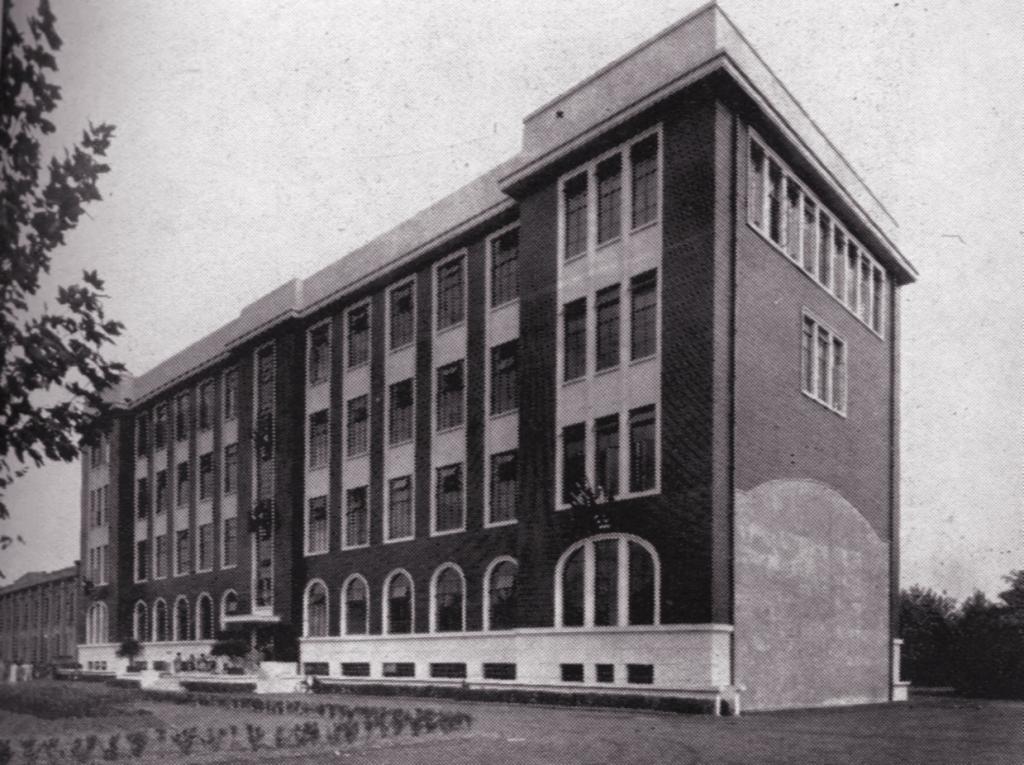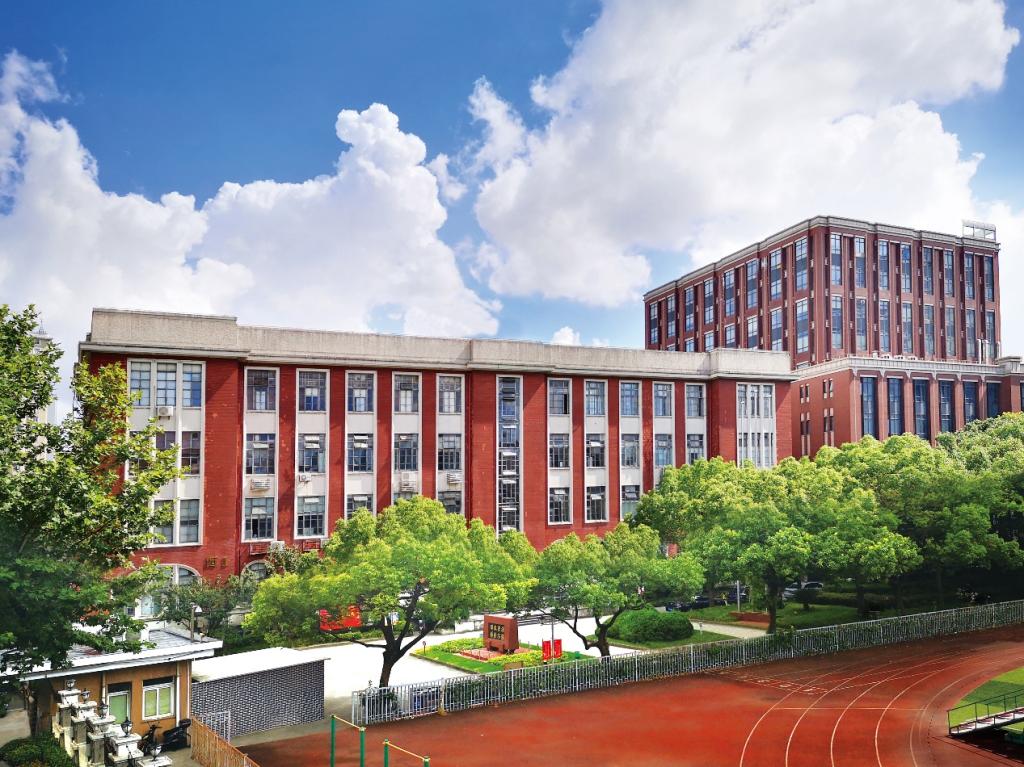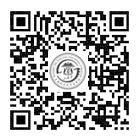

This is the Red Mansion, a very representative deep-red building epitomizing SJTUSM’s centurial cultural legacy. The Red Mansion saw the work or study by Hu Wenyao, Ni Baochun, Yu He, Kuang Ankun, Wang Zhenyi and other medical experts, who made outstanding contributions to China’s health undertakings.
The Red Mansion has four floors in a strong Art Deco style, and has a floor area of 5,821 square meters with a length of 60 meters and a width of 17 meters. This building was designed by French architect Rene Minutti, who also designed Shanghai Squash Court and I.S.S. Picardie Apartments (now Hengshan Hotel) which were built in the 1930s. The Red Mansion was completed in 1936, and praised by the Far Eastern Economic Review as the “most beautiful and modern building” on the campus. In 1994, the Red Mansion was included in the second list of “Excellent Historical Buildings” in Shanghai. In the early period after completion, the Red Mansion was Aurora University’s library and teaching building.
Having undergone the Anti-Japanese War and the War of Liberation, the Red Mansion witnessed the sprouting of the “red” seeds. After the Marco Polo Bridge Incident on July 7, 1937, the Japanese invaders deliberately chose cultural and educational facilities including universities as the destruction targets. Although 108 colleges and universities across China were unable to operate normally during the Anti-Japanese War, Aurora University developed steadily and maintained its daily teaching order in the enemy-occupied area thanks to the mediation by President Hu Wenyao, which was particularly valuable in the then Shanghai.
After Shanghai was occupied by the Japanese troops, students were forced to learn Japanese. Aurora University’s student Gao Shikui recalled, “A Japanese instructor suddenly appeared on the platform of the Red Mansion, shouting that he would teach us Japanese. The students stood up and said in indignation, ‘We will never learn Japanese!’ and ‘We don’t want to be conquered!’ Immediately, all students unitedly left the classroom and boycotted the Japanese class.”
After the anti-fascist forces were defeated on the Pacific battlefield in 1945, the Japanese army occupied all the buildings in Shanghai, including Aurora University’s Red Mansion, Auditorium and playground. Consequently, the university suspended classes for 15 days and urgently relocated all books and equipment. A historical record shows “used as the library, the Red Mansion accommodated 160,000 books and experimental instruments for bacteriology, physiology, pathology and anatomy. Fortunately, all these books and instruments were transferred with students’ assistance.” Teachers and students concertedly protected precious teaching materials. After Japan surrendered unconditionally in July of the same year, the university took back the occupied buildings, including the Red Mansion.
In 1948, in Classroom 119 of the Red Mansion, progressive students of Aurora University held the Symposium in Memory of Yu Zisan, a in courageous student of Zhejiang University persecuted by the Kuomintang. At that time, three members of the Youth League of the Three Principles of the People burst into the venue, disrupted the meeting, and beat up progressive students. Zhou Keming and many other students strongly resisted them on the spot. Facing hostile forces, teachers and students always fought tenaciously and maintained integrity, demonstrating their patriotism with their actions.
More than 80 years has passed, but the Red Mansion still stands majestically inside the campus, with the mottled walls bearing the traces of time and quietly witnessing the patriotism of SJTUSM’s faculty and students passed on year after year.

